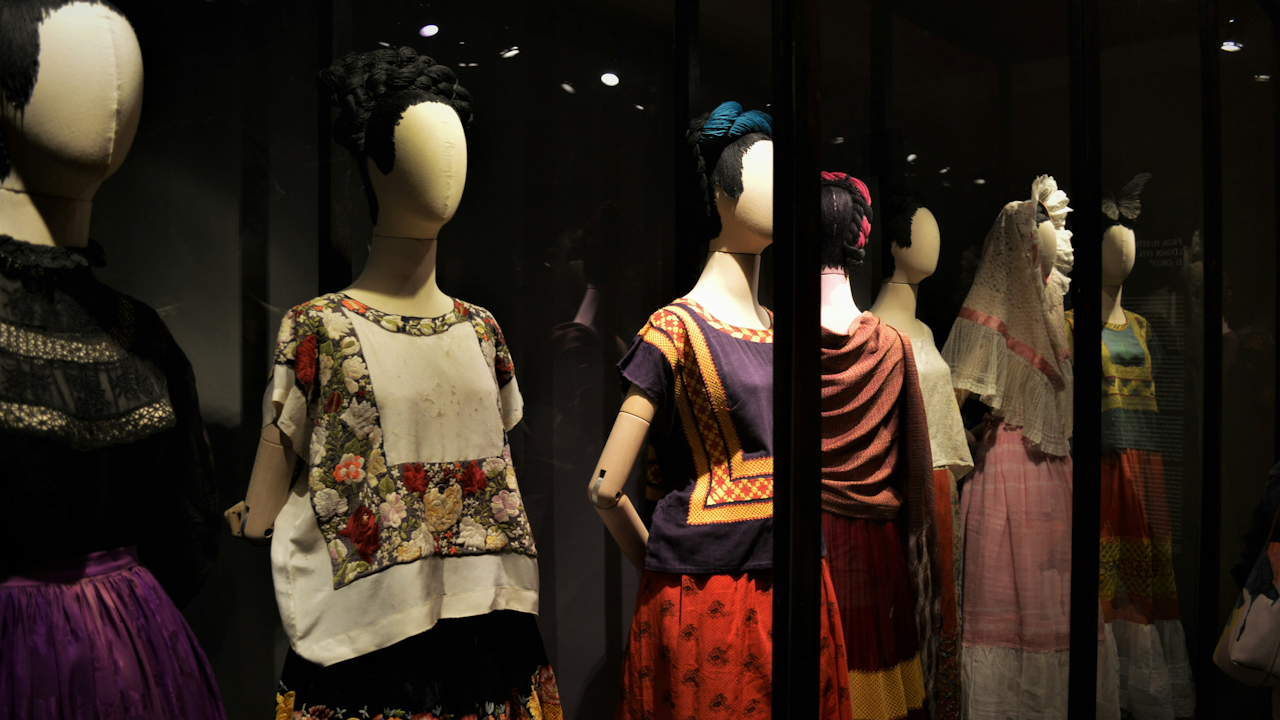Fashion has always drawn inspiration from a wide variety of cultures. Designers travel the world, explore different traditions, and incorporate diverse symbols and styles into their collections. While this blending of influences can celebrate human creativity and diversity, it also raises critical questions about where the line between cultural appreciation and appropriation lies. In recent years, debates around this topic have intensified, especially as fashion becomes more global and accessible. Understanding the difference between cultural appropriation and appreciation in fashion is essential for creating a respectful, inclusive, and informed industry.
Defining Cultural Appropriation and Appreciation
Cultural appropriation occurs when elements of a marginalized culture are used by individuals or institutions from a more dominant culture, often without understanding, credit, or respect for the original context. It frequently involves power dynamics, where the appropriating party benefits from the cultural element while the originating group faces discrimination or erasure. For example, when luxury fashion brands use Indigenous patterns or traditional African prints without acknowledging their origins or collaborating with the communities that created them, it is often viewed as appropriation.
In contrast, cultural appreciation involves a genuine effort to understand, respect, and honor another culture. This includes educating oneself about the traditions, engaging in dialogue with members of that culture, and giving proper credit or compensation. Appreciation is based on consent and collaboration, whereas appropriation tends to exploit and commodify.
Examples in Fashion History
Fashion has seen numerous examples of both appropriation and appreciation. In the 1990s and early 2000s, pop stars and designers often used South Asian bindis, Native American headdresses, or East Asian motifs as aesthetic accessories with little regard for their significance. These elements were reduced to trends, stripped of meaning, and marketed to audiences unfamiliar with their cultural roots.
On the other hand, designers like Stella Jean, who is of Haitian-Italian descent, are known for celebrating multicultural identities through authentic storytelling and collaboration. Her work showcases textiles and craftsmanship from Haiti and other parts of the Global South, always with a focus on empowering local artisans and sharing the stories behind the materials. This approach demonstrates cultural appreciation by prioritizing partnership and narrative over exoticism.
Why It Matters
Cultural appropriation in fashion can reinforce harmful stereotypes, perpetuate inequality, and contribute to the erasure of cultural identities. When dominant culture members profit from or popularize styles that originate from marginalized groups without acknowledgment, they benefit from a system that often penalizes the very communities they borrow from. For example, Black hairstyles such as cornrows or dreadlocks are sometimes celebrated on runways and in magazines when worn by white models but are stigmatized in workplaces or schools when worn by Black individuals.
Moreover, commodifying cultural symbols without understanding their meaning can lead to disrespect. Sacred garments or symbols, such as Native American war bonnets or Japanese kimonos, hold deep spiritual or ceremonial importance. Using them as costumes or decorative fashion statements strips them of context and significance.
Navigating the Line
To avoid appropriation and foster appreciation, designers and consumers must be willing to educate themselves and engage respectfully. A few key practices can help:
- Research and Understand the Origins: Before using a design or motif, learn about its history, significance, and cultural context. This helps avoid misrepresentation and allows for a deeper connection to the piece.
- Collaborate with Communities: Work directly with artisans and cultural practitioners from the culture in question. This can involve sourcing materials from them, hiring them as consultants, or co-designing collections.
- Credit and Compensate: Always give proper credit and ensure fair compensation. Recognition helps preserve cultural heritage and supports the sustainability of traditional crafts.
- Avoid Stereotyping or Oversimplifying: Cultures are complex and diverse. Avoid reducing them to a few symbols or clichés. Instead, aim to represent the full richness and depth of the culture.
- Listen and Reflect: If members of a community express concerns about the use of their culture in fashion, listen without defensiveness. Their perspectives are vital in understanding the impact of cultural borrowing.
The Role of Consumers and Social Media
Social media has amplified both the visibility of cultural appropriation and the power of consumer voices. Brands are increasingly held accountable for their choices, and public backlash can be swift and widespread. At the same time, social media can also be a tool for education and advocacy. Consumers now have the power to support designers who engage in ethical practices and call out those who misuse cultural symbols.
Consumers play a vital role by making informed choices, asking questions about where products come from, and supporting brands that prioritize inclusivity and transparency. By fostering a demand for ethical fashion, they can help shift industry norms.
Conclusion
The line between cultural appropriation and appreciation in fashion is not always easy to draw, but it is a crucial conversation in our increasingly interconnected world. Fashion can be a powerful tool for cultural exchange, celebration, and empowerment when approached with respect, understanding, and collaboration. Rather than simply borrowing aesthetics, the industry must strive to build meaningful relationships with the cultures that inspire it. When done with care, cultural appreciation in fashion not only enriches the art form but also honors the people and traditions behind it.

